Several years ago, on a hot June day, my wife and I were hiking in the mountains well above treeline. Our path took us over exposed rock ledges, talus fields, and high south-facing meadows. We were without protection from the sun for most of the day and finally ran out of water; I was on the verge of heatstroke. All ended well, but I realized the benefits of a trekking umbrella, something I had seen quite a few times in the mountains but had ignored as serious equipment with practical applications, including for my boat voyages.
I did some research and found EuroSchirm, a German manufacturer that makes a wide array of umbrellas, including many specifically for trekking. They are thoughtfully designed, light, and made of tough composite parts. I purchased a Swing Liteflex, a 7.4-oz medium-sized non-telescoping umbrella that is 25″ tall and 39″ across. This one I originally intended for hiking, but it has seen use on my boats as well. I also purchased the extendable Swing Handsfree, which is 30″ tall in the retracted position, 43″ tall when extended, and 45″ across. This umbrella comes with two clasps that attach to the shoulder harness of a backpack so a hiker can, as the name suggests, walk hands free. While the attachment possibilities are intriguing, I was more attracted to the longer shaft as it would offer more options for lashing and positioning in my boat. The silver-colored, UV-reflective coat that would provide extra protection from bright sunlight was not easily available in the U.S. at the time I ordered the Handsfree, but it is now.
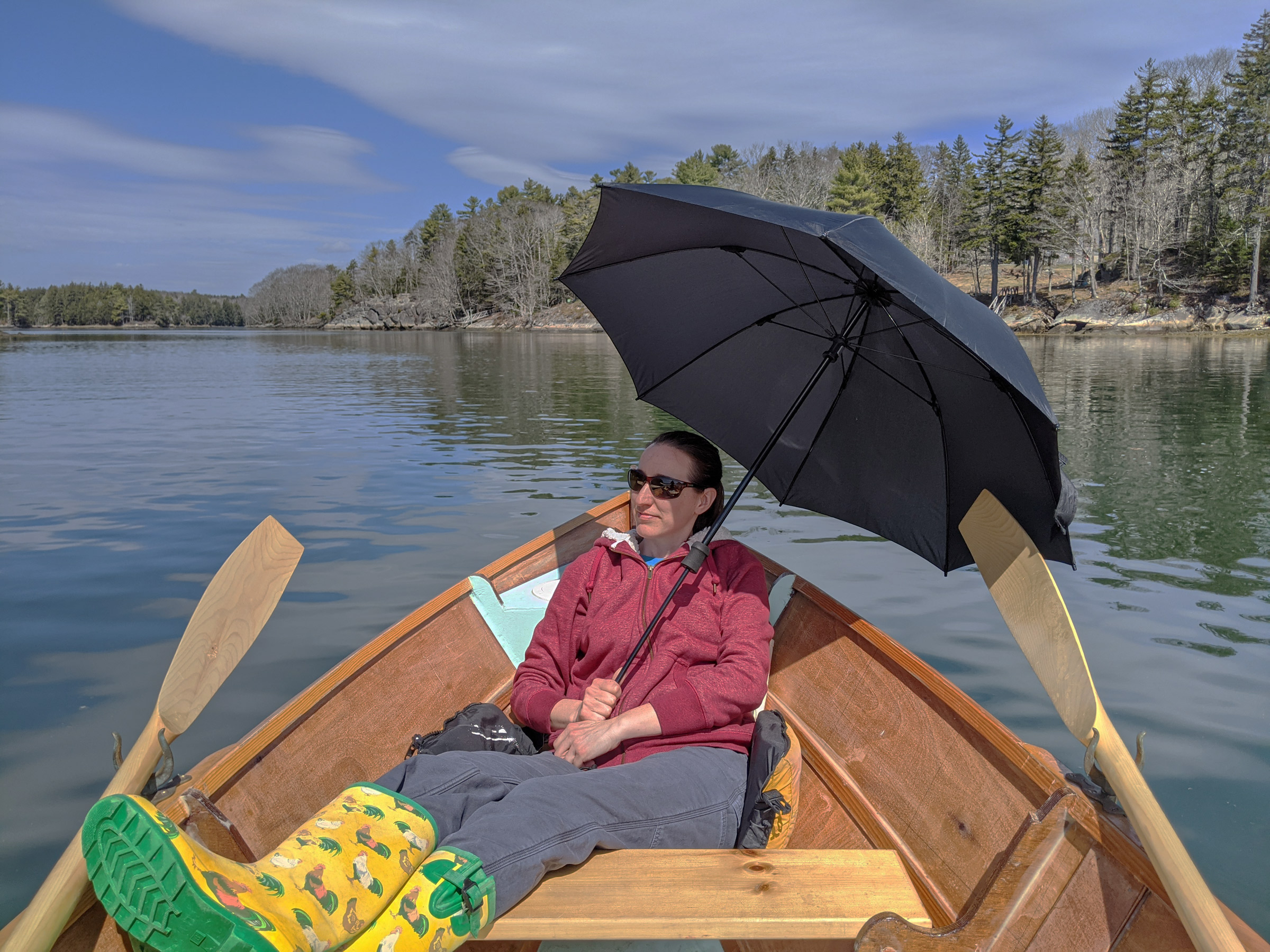 Photographs by the author
Photographs by the authorThe Swing Handsfree, with its 13″ extension, was designed to clip into a backpacker’s waist belt and shoulder strap. In a boat, the extra length provides more options for propping or lashing the umbrella in place.
The umbrellas come with a nylon-sleeve case, which has mesh sides to allow water to drain and air to circulate. It would be wise to use the sleeve case when the umbrella is not in use, especially in the marine environment. I didn’t, and found that the polyester canopy of my Handsfree suffered some small holes when it snagged on corners or fasteners. The holes, fortunately, have not grown any larger. Otherwise, the polyester canopies are tough and light. The silvery UV coating on my Liteflex added very little weight and seems to be even more robust than the non-coated Handsfree canopy.
The umbrella frames are made of fiberglass composite and won’t corrode. They flex, rather than bend or break as aluminum or steel might. The umbrellas resist getting blown inside out, and feel solid in hand when it’s windy. The opening and closing mechanism is smooth and precise. The canopy stays taut across the frame, even in extended wet and windy conditions. The frame ends are tipped with plastic caps to avoid eye injury. The umbrellas are light and the company’s stated specifications are all accurate. The Handsfree is listed at 366 grams (12.9 oz) and this is exactly what my kitchen scale indicated when I weighed it.

With a “sail area” of about 11 sq ft, the Swing Handsfree can lend a hand on downwind passages.
The Swing Handsfree is now my main boating umbrella. The longer shaft, when extended, offers more options for securing it to the boat and its two adjustable fastening clips could be helpful on calm days when taking a break in the open with a strong overhead sun. Likewise, my passengers can use it to for shade or as a sail when I’m rowing downwind.
After four years, the extendable shaft on the Handsfree has started to become a bit cantankerous because the twist-locking mechanism has lost some effectiveness. EuroSchirm instructs customers to “turn the handle softly until locking—without violence” and this advice should be heeded. I have been quite gentle with my umbrella, but it now slips if I’m not diligent in unlocking and then locking the shaft. Access to the mechanism for a home repair seems quite difficult if not impossible.
The shorter Liteflex does not lend itself to being propped up in the cockpit, but it is my choice for handheld use while walking beaches and shoreline ledges on sunny and rainy days, as well as for quick use on the boat. One afternoon I was caught in a torrential thunderstorm in Casco Bay [say in Maine?] while cooking dinner. After quickly throwing canvas over my cockpit, I hunkered down for half an hour under my Liteflex and stayed completely dry while I enjoyed the storm.
Using an umbrella for cruising started as a novelty idea but quickly evolved as my standard practice. The EuroSchirm umbrellas stow easily, and their construction have put up with robust use. When the weather calls for shade or shelter, there is little else as satisfying as popping up the canopy and taking refuge underneath.![]()
Christophe Matson lives in New Hampshire. At a very young age he disobeyed his father and rowed the neighbor’s Dyer Dhow across the Connecticut River to the strange new lands on the other side. Ever since he has been hooked on the idea that a small boat offers the most freedom.
The Swing Liteflex and the Swing Handsfree are available in the U.S. from EuroSchirm USA for, respectively, $46.35 ($50.50 for Silver) and $63.90 ($66.90 for Silver). For Germany, Spain, France, and the UK, visit EuroSchirm.com.
Is there a product that might be useful for boatbuilding, cruising, or shore-side camping that you’d like us to review? Please email your suggestions.
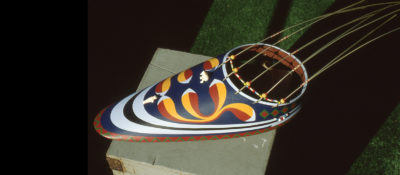
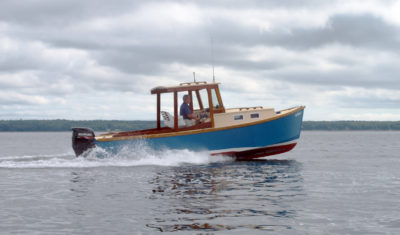
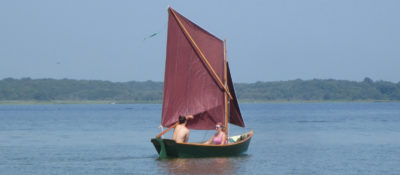
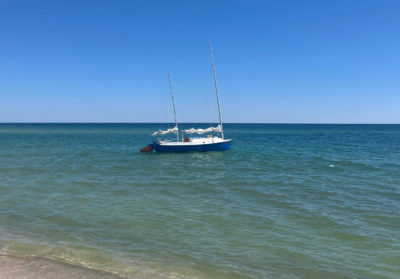
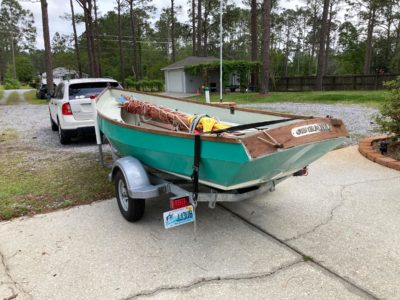
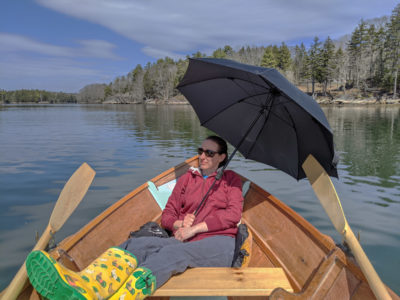
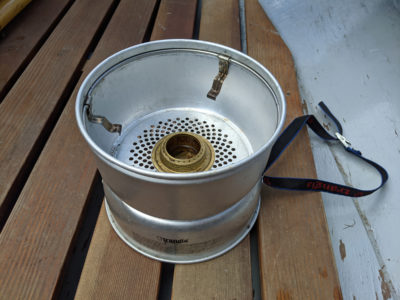
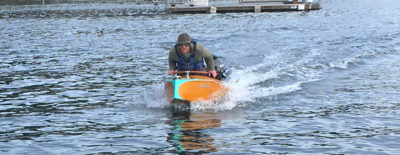
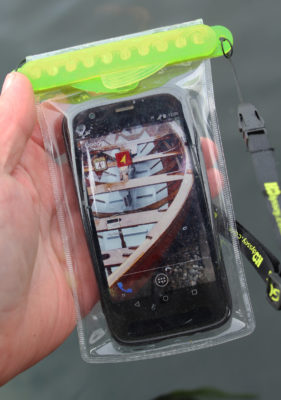
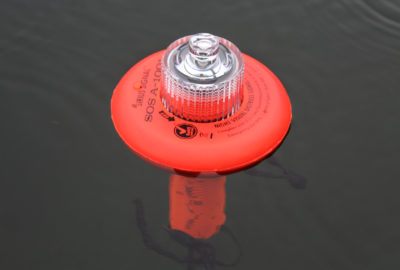
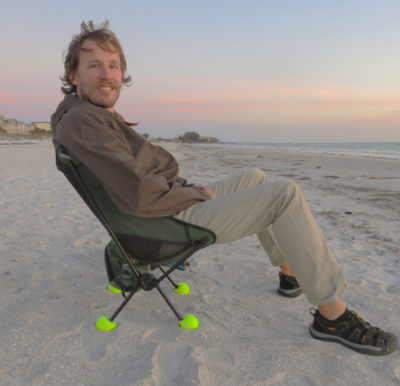
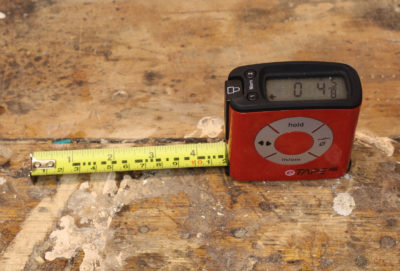
Join The Conversation
We welcome your comments about this article. If you’d like to include a photo or a video with your comment, please email the file or link.